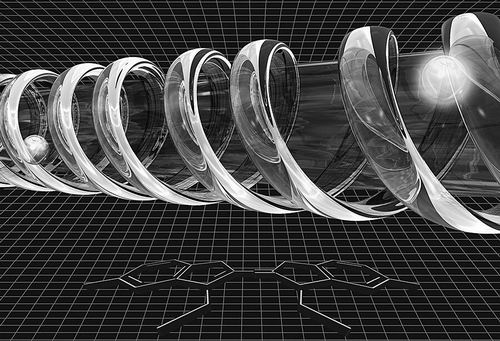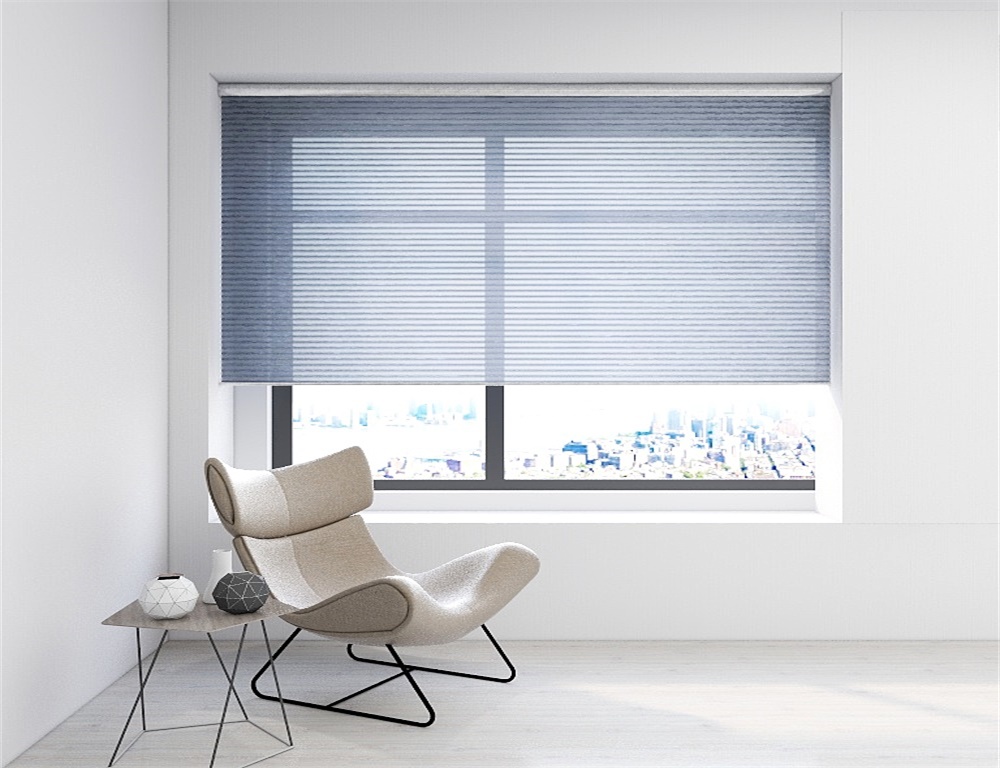"Photosynthetic antenna" captures "light energy"

Double-stranded DNA is used as a template to guide self-assembled cyanine dyes to form strongly coupled dyeing polymers. These polymers can achieve energy-efficient directional transmission with a transmission distance of more than 32 nanometers.
With the increasing global demand for energy, coupled with deforestation and fossil fuels, the carbon dioxide content in the atmosphere continues to increase, and it is difficult for natural photosynthesis to keep up with the carbon cycle rate. But what if we learn from photosynthesis to create energy that does not produce carbon dioxide, thereby helping the natural carbon cycle process? This is the case with artificial photosynthesis, which uses the energy of the sun to produce fuel and minimize the production of carbon dioxide.
In a paper recently published in the Journal of the American Chemical Society, a research team composed of Hao Yan, Yan Liu and Neal Woodbury of Arizona State University reported that tremendous progress has been made in the study of optimization systems for artificial photosynthesis The system simulates the first stage of photosynthesis, which is the process of capturing and collecting light energy from the sun.
The first step in plant leaf photosynthesis is to capture light energy through chlorophyll molecules. The next step is to effectively transfer light energy to the photosynthetic reaction center where photochemical reactions take place. This process is called energy transfer. The natural photosynthesis of the antenna complex is more efficient. This is like the antenna of a radio or television. The job of the photosynthetic antenna complex is to collect the absorbed light energy and guide it to the right place.
But what if we build our own energy-transmitting antenna complex, that is, absorb light energy through artificial structures and transmit it to a place where it can be used over a long distance?
Woodbury said: "Nature's photosynthesis has mastered the skill of collecting light energy and moving it to a suitable location for photochemical reaction at a long distance. The problem we face is that from the design point of view, the natural complex is difficult to replicate. Although we They can be used, but we want to create a system that can serve our goals. The reference to nature and our precise design of the DNA structure help us break through this limitation and allow us to create a light collection System, and efficiently transmit the light energy we want. "
Yan's laboratory has found a way to use the self-assembled structure of DNA, which can be used as a template for assembling molecular complexes, and is almost not limited by size, shape and function. Using the DNA structure as a template, the researchers were able to aggregate stained molecules into the DNA structure of tens of nanometers, and the energy loss of capture and transfer was less than 1% per nanometer. The dyeing molecule simulates the function of the chlorophyll antenna complex in natural photosynthesis, effectively transferring light energy from the place where it is absorbed to the place where it is used for a long distance.
To further study this bionic light-trapping complex based on self-assembled dyed DNA nanostructures, Yan, Woodbury and Liu have received funding from the US Department of Energy. In previous research funded by the US Department of Energy, Yan and his team have demonstrated the utility of DNA as a programmable template for polymeric dye molecules. Based on these findings, they built a programmable DNA structure based on the self-assembly ability of DNA and used the photon principle. These DNA structures also provide a flexible platform for the design and development of complex photomolecular systems.
Yan claimed: "It's great to see that DNA can be programmed into a scaffold-like template, imitating nature's light-collecting antenna, and achieving long-distance transmission of energy. This is a great display of interdisciplinary research." The potential result is that it reveals a new method of capturing energy, and the energy can be transmitted over a long distance without causing a net loss. In turn, this research can open the way for designing more efficient energy conversion systems, thereby reducing our dependence on fossil fuels. (Qiu Chenggang)
Motorized Cellular Honeycomb Shades Blinds
Motorized honeycomb cellular shades is in their specially honeycomb shape that air cell of a unique construction , Motoried Honeycomb Shades blocks harmful UV rays , provide perfect level of privacy and excellent insulation from outdoor to indoor room. Motorized cellular shades offers superior energy efficiency, keeping inside room temperature to achieve home warmer in the winter and cooler in the summer .

Honeycomb Cellular blinds has a wide range of uses and diversified operation, the two most popular modes are Electric Top Down & Bottom Up honeycomb blind and Automatic Day / Night cellular blinds, two of blockout shades and filtering light shade are in one, to the greatest extent possible to meet the requirement of consumer. Honeycomb Cellular blinds is perfect skylights window treatment , it provide one or more insulation layers that keeping heating and cooling air inside room .
Key Features
Operating System
It is easy to find out Operating system for Cellular shades. Top Down/ Bottom Up cellular blind, or Day / Night Cellular shades whateven you like. Motorized honeycomb cellular blinds would be a very worthwhile investment operation system , it is more convenient and easier .
Largest Selection
Explore the widest selection of cellular pleat sizes , semi opaque and opacities , colors , textures . Honeycomb shadings can also meet many specialty shaped windows .
Energy-Efficiency
Studies show that windows are responsible for up to 50% of your home`s energy losses . Honeycomb cellular shade trap air in distinct pockets , creating exceptional insulation . helping lower energy consumption and bills .
Room Darkening
Blockout Cellular blinds offer unparalleled darkness . The secret lies within exceptional insulation material , optimized to absorb or deflect nearly all incoming room light .
Sound Absorption
Improve your room`s acoustics while reducing the intensity of outside sound. Honeycomb Shade absorb up to 70% of sound energy , creating a more quiet .
Motorized Cellular Honeycomb Blinds Shades
Semi Opaque Cellular Shades,Motorized Honeycomb Blinds,Privacy Cellular Blinds,Energy Efficent Window Blinds
Shenzhen Yuaneng Industrial Co.,Ltd , https://www.bi-colour.com
